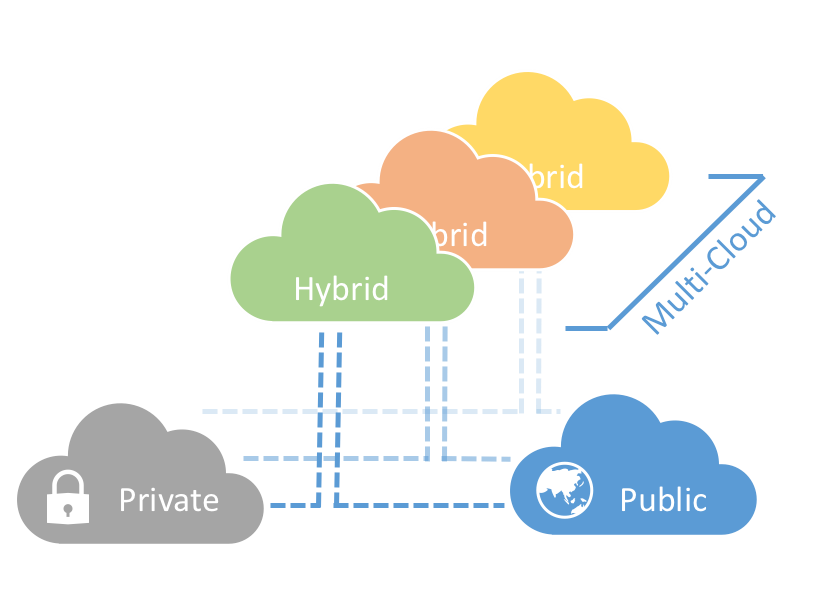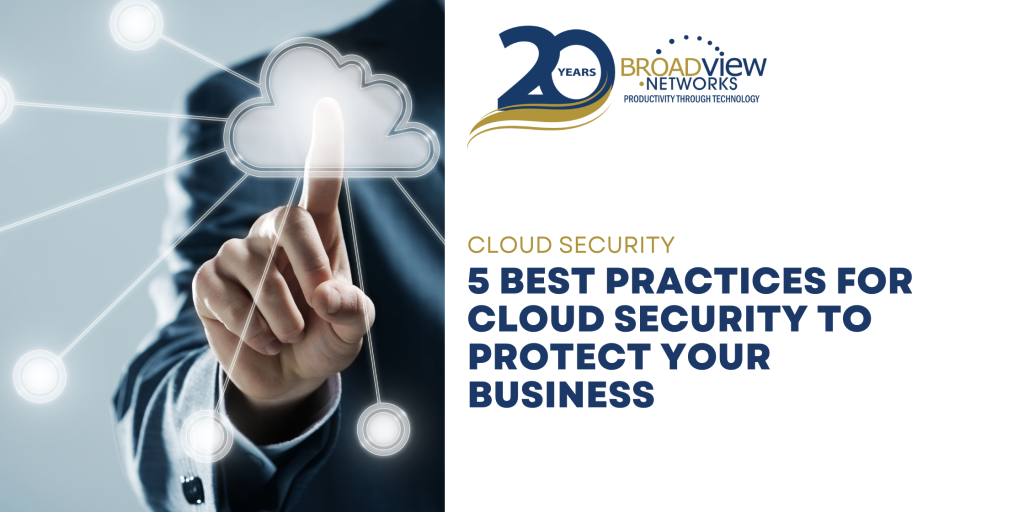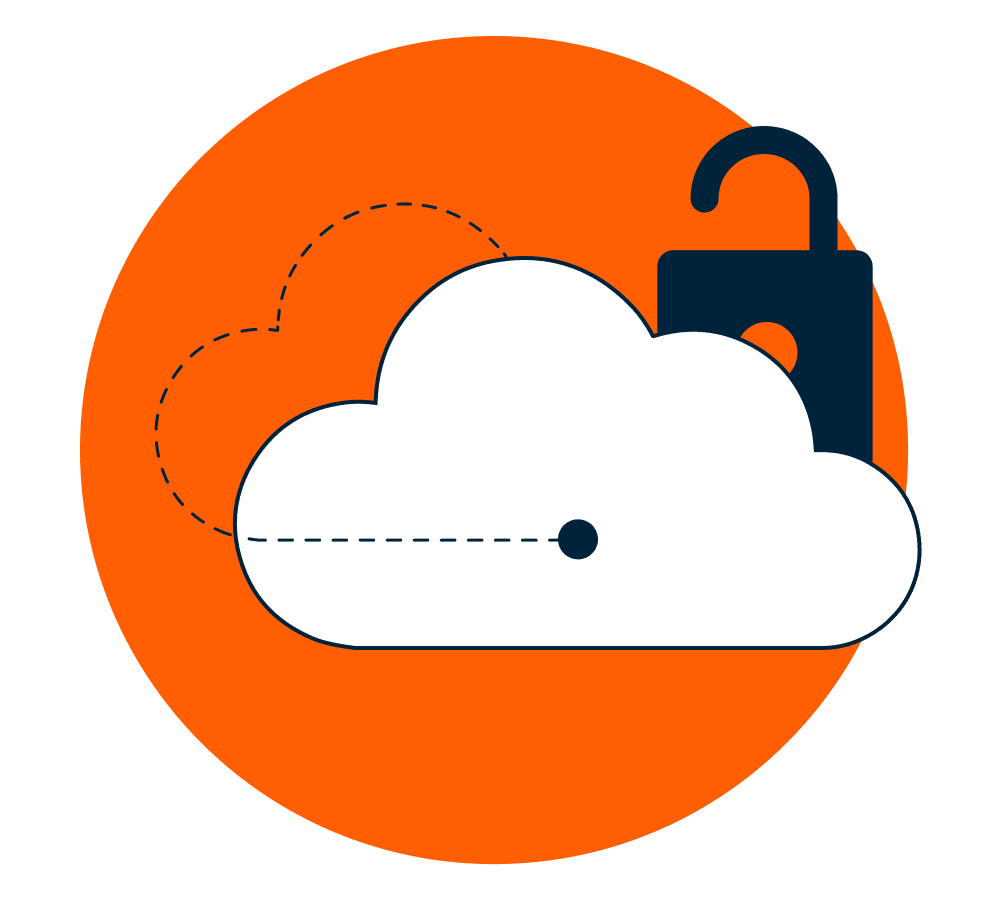Introduction
Cloud computing has revolutionized the way businesses operate, providing scalable and flexible solutions for storing and accessing data, running applications, and managing infrastructure. However, one aspect that often perplexes organizations is understanding the various pricing models offered by cloud service providers. In this blog post, we will delve into the complex world of cloud pricing models, deciphering the different approaches and helping you make informed decisions for your business.
Understanding the Basics
Cloud computing has revolutionized the way businesses operate, offering scalability, flexibility, and cost savings. However, navigating the complex world of cloud pricing models can be a daunting task. In this article, we will decode the intricacies of cloud pricing models and help you make informed decisions for your business.
1. Pay-as-You-Go Model
The pay-as-you-go model is one of the most popular cloud pricing models. It allows businesses to pay only for the resources they use, making it highly flexible and cost-effective. With this model, you can easily scale up or down based on your needs, ensuring optimal resource utilization.
2. Reserved Instances
Reserved instances are a great option for businesses with predictable workloads. By committing to a specific instance type and duration, you can enjoy significant cost savings compared to the pay-as-you-go model. This model is suitable for long-term projects or applications with consistent resource requirements.
3. Spot Instances
Spot instances offer the lowest pricing among all cloud pricing models. However, they come with a catch. Spot instances are available when there is excess capacity in the cloud provider’s data centers. If the demand for resources increases, your spot instance may be terminated with a short notice. This model is ideal for non-critical workloads or applications that can tolerate interruptions.
4. Dedicated Instances
Dedicated instances provide exclusive access to physical servers, ensuring enhanced security and performance. This model is suitable for businesses with strict compliance requirements or those that need to meet specific performance benchmarks. However, dedicated instances come at a higher cost compared to other pricing models.
5. Storage Pricing Models
Cloud providers offer various storage pricing models to cater to different business needs. Some common models include:
5.1. Pay-as-You-Go Storage
This model allows businesses to pay for the storage capacity they use. It is suitable for fluctuating storage requirements and offers flexibility in scaling up or down as needed.
Summary
Cloud pricing models can be intricate and confusing, with multiple factors influencing the cost of services. It is crucial for businesses to comprehend these models to optimize their cloud usage and budget effectively. This blog post aims to simplify the cloud pricing landscape by explaining the most common pricing models used by cloud service providers.
We will explore the three primary pricing models:
- Pay-as-you-go: This model charges users based on their actual usage, allowing for flexibility and scalability.
- Reserved instances: With this model, users commit to a specific usage level for a contracted period, often resulting in cost savings.
- Spot instances: This model offers significant discounts for unused or spare cloud capacity, but availability is not guaranteed.
Additionally, we will discuss other factors that can impact cloud costs, such as data transfer fees, storage costs, and support options. By understanding these pricing models and associated factors, businesses can optimize their cloud spending and align it with their specific needs and goals.
Stay tuned for our up review coming blog posts, where we will dive deeper into each pricing model, providing real-world examples and tips for cost optimization in the cloud.
- Q: What are the different types of cloud pricing models?
- A: The different types of cloud pricing models include pay-as-you-go, reserved instances, spot instances, and dedicated hosts.
- Q: What is the pay-as-you-go pricing model?
- A: Pay-as-you-go is a cloud pricing model where you pay for the resources you use on an hourly or per-minute basis, without any upfront commitment.
- Q: What are reserved instances?
- A: Reserved instances are a pricing model where you commit to using specific resources for a fixed term, typically one to three years, in exchange for a discounted hourly rate.
- Q: What are spot instances?
- A: Spot instances are a pricing model where you bid on unused cloud resources, and if your bid is higher than the current spot price, you can use those resources at a significantly lower cost.
- Q: What are dedicated hosts?
- A: Dedicated hosts are a pricing model where you have exclusive access to physical servers, allowing you to run your instances on hardware dedicated solely to your organization.
- Q: How do I choose the right cloud pricing model?
- A: To choose the right cloud pricing model, you should consider factors such as your workload’s predictability, flexibility requirements, and budget constraints.
- Q: Are there any additional costs to consider in cloud pricing?
- A: Yes, in addition to the base compute and storage costs, you should also consider costs for data transfer, load balancing, and additional services like databases or content delivery networks.
- Q: Can I switch between different cloud pricing models?
- A: Yes, most cloud providers allow you to switch between different pricing models based on your changing needs, although there may be some limitations or restrictions.
- Q: How can I optimize my cloud costs?
- A: You can optimize your cloud costs by regularly monitoring and analyzing your resource usage, rightsizing your instances, leveraging discounts, and using automation to manage your infrastructure efficiently.



